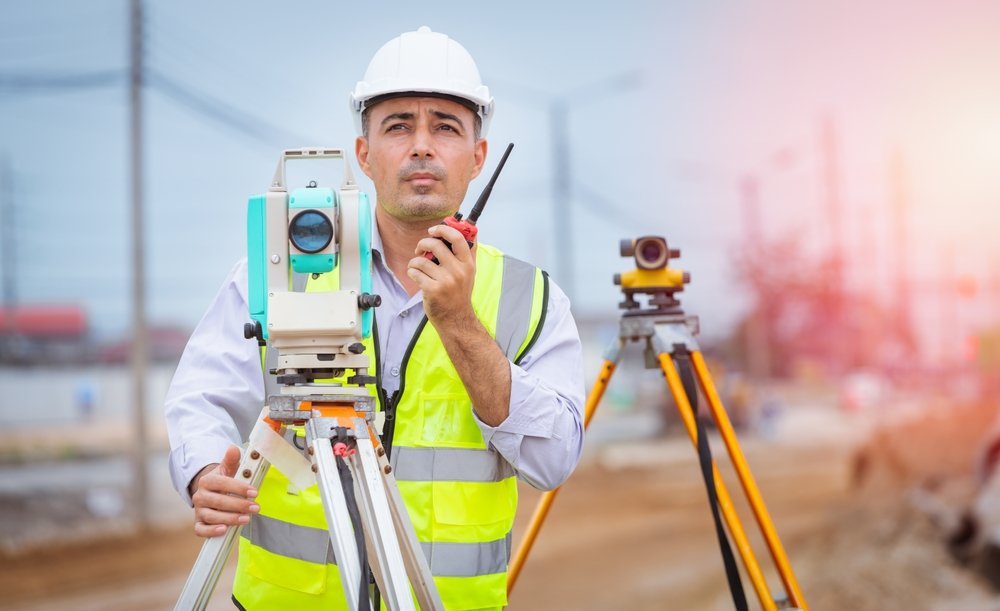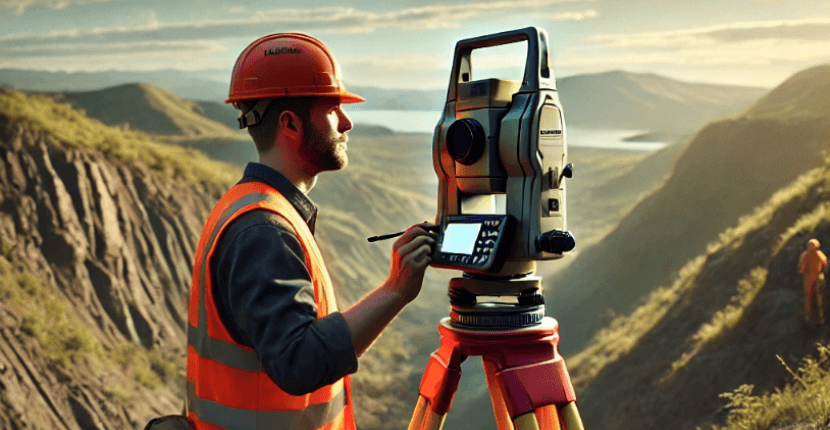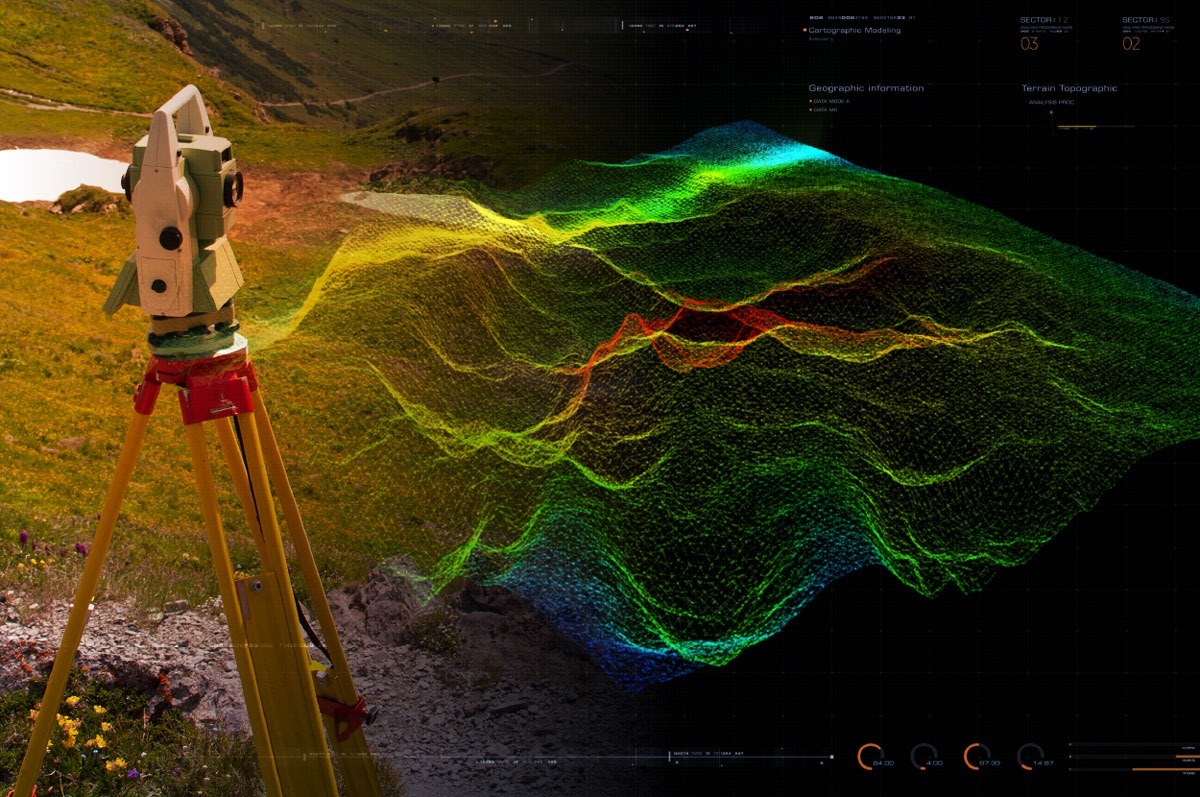The Benefits of Topographical Surveying in Construction and Planning
The Benefits of Topographical Surveying in Construction and Planning
Blog Article
Important Tools and Techniques in Laying Out Design
The discipline of laying out design relies heavily on a suite of important devices and techniques that underpin the precision and efficiency of project execution. Instruments such as land surveyor's degrees, complete stations, and advanced GPS innovation are essential for establishing precise recommendation factors. The integration of traditional approaches with contemporary practices, consisting of geospatial analysis and 3D modeling, provides considerable advantages in picturing site conditions. Recognizing how these components engage is essential for boosting and reducing errors job end results, yet the nuances of their application frequently stay ignored. What ramifications does this hold for future design methods?
The Significance of Accurate Dimensions

The value of precise dimensions prolongs beyond mere conformity; they are essential to the overall efficiency of design processes. Errors can cause material waste, job hold-ups, and increased labor costs, inevitably impacting the job's bottom line. Precise measurements enhance the top quality of the final product, guaranteeing that it performs as meant and satisfies the expectations of stakeholders.
Furthermore, the value of accurate measurements is obvious in various design disciplines, consisting of civil, mechanical, and electric design. Thus, fostering a society that prioritizes precision is essential for the future of design.
Important Tools for Setting Out
Establishing out, an essential stage in the design and building process, counts heavily on certain devices that guarantee precise location and alignment of frameworks. Amongst these devices, the land surveyor's level stands apart, providing exact straight measurements crucial for developing referral factors. This tool allows designers to figure out altitude modifications and keep harmony throughout the job website.
The overall station is another vital device, incorporating digital distance measurement with angular measurement capacities. This modern technology improves performance and precision in capturing spatial data, permitting effective website layout and planning.
Additionally, making use of determining tapes and noting devices, such as chalk lines or risks, is basic for momentarily noting boundaries and important factors on the site. These basic tools, though basic, are important for making sure clear interaction among the building and construction group pertaining to project specs.
Lastly, GPS modern technology has actually acquired grip in laying out processes, supplying real-time positioning information and substantially enhancing accuracy over typical approaches. Jointly, these crucial tools form the foundation of effective establishing out techniques, inevitably adding to the successful execution of design and building projects.
Advanced Evaluating Methods
Advanced evaluating strategies play an essential duty in improving the accuracy and performance of design jobs. These methods include a variety of approaches that offer exact data for style and construction. Standard approaches, such as progressing and triangulation, have advanced right into extra sophisticated methods, including Total find more information Station studies and Worldwide Navigation Satellite Equipment (GNSS)
Total Station gadgets integrate electronic theodolites with range measurement capacities, permitting surveyors to accumulate accurate area data with great rate. This modern technology dramatically lowers mistakes linked with hands-on dimensions and provides real-time information processing. GNSS provides unmatched accuracy for massive jobs by utilizing satellite signals to determine specific positioning, which is important for straightening frameworks and ensuring compliance with style specs.
In addition to these devices, advanced methods also incorporate geospatial analysis and 3D modeling. These techniques allow engineers to picture surface and site problems much more effectively, helping with much better decision-making during the preparation stage. By employing these innovative surveying techniques, engineering projects can achieve higher accuracy in layout, decrease rework, and inevitably enhance overall project success.
Digital Technology in Design
The assimilation of electronic technology has reinvented engineering methods, boosting both performance and accuracy throughout numerous techniques. Tools such Resources as Building Information Modeling (BIM) assist in the visualization and monitoring of complex projects, allowing engineers to collaborate flawlessly and make notified choices. This modern technology makes it possible for the creation of detailed 3D versions, which can be assessed for architectural integrity and performance before building starts.

The application of man-made intelligence and device discovering in engineering procedures even more improves anticipating upkeep and optimization of resources. Generally, electronic innovation is reshaping the design landscape, driving development, and ensuring that jobs are completed with better efficiency and lowered danger.
Best Practices for Application
When implementing electronic innovation in engineering, it is crucial to establish a strategic method that aligns with task objectives and business capabilities. A complete evaluation of existing workflows and technology infrastructure is necessary to determine gaps and possibilities for renovation. Engaging stakeholders early at the same time promotes collaboration and makes sure that the modern technology satisfies user requirements.

Job managers should adopt an iterative application method, enabling modifications based upon real-time comments and performance assessments. This dexterous method not just mitigates dangers yet likewise advertises constant renovation by incorporating lessons learned.
Conclusion
To conclude, the assimilation of important tools and progressed methods in laying out design is essential for ensuring accuracy in measurements and effective project execution. Employing instruments such as property surveyor's degrees, overall terminals, and GPS innovation, alongside modern-day evaluating techniques, enhances accuracy and decreases the probability of mistakes. Embracing finest methods in application further maximizes these processes, inevitably cultivating boosted task outcomes in More Bonuses the design and building fields.
The self-control of establishing out engineering relies greatly on a suite of vital devices and strategies that underpin the precision and efficiency of project execution.Furthermore, the value of precise measurements is noticeable in numerous engineering disciplines, including civil, mechanical, and electrical engineering. By utilizing these innovative surveying methods, engineering tasks can attain better precision in format, decrease rework, and eventually boost total project success.
In general, digital technology is reshaping the design landscape, driving technology, and ensuring that projects are finished with higher effectiveness and reduced danger (setting out engineering).In conclusion, the assimilation of vital tools and advanced methods in setting out design is important for ensuring precision in measurements and successful task implementation
Report this page